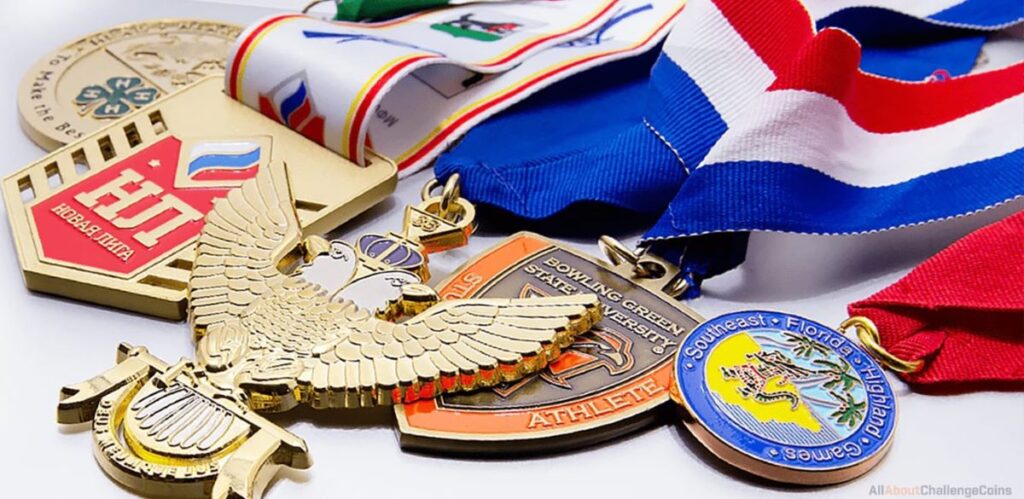Custom lapel pins have become a popular accessory for individuals and organisations alike, serving as a means of expression, branding, and recognition. From commemorating significant events to promoting a cause, these small yet impactful items can convey a wealth of meaning. Understanding the journey from concept to production is essential for anyone interested in creating their own custom lapel pins. This guide will walk you through the entire process, highlighting key considerations and steps involved.
The Importance of Custom Lapel Pins
Custom lapel pins hold significant value in various contexts. They are often used in corporate environments, schools, and non-profit organisations to foster a sense of belonging and pride. These pins can serve as a powerful marketing tool, allowing brands to enhance their visibility and recognition.
Moreover, lapel pins can act as conversation starters, enabling wearers to share their stories or affiliations with others. This personal connection can be particularly beneficial in networking situations, where establishing rapport is crucial.
Branding and Identity
For businesses, custom lapel pins can reinforce brand identity. By incorporating company logos or colours, organisations can create a cohesive image that resonates with employees and clients alike. This visual representation of a brand can enhance loyalty and recognition, making it easier for customers to remember the company.
Additionally, lapel pins can be used to signify achievements or milestones within a company, such as years of service or successful project completions. This not only boosts employee morale but also promotes a culture of appreciation.
Commemorative and Fundraising Uses
Custom lapel pins are often used to commemorate special events, such as anniversaries, conferences, or charity events. These pins serve as tangible reminders of shared experiences, fostering a sense of community among participants.
In fundraising efforts, organisations can sell custom lapel pins to raise money for specific causes. The pins not only generate revenue but also raise awareness about the issues being supported, encouraging more people to get involved.
The Design Process
The journey of creating a custom lapel pin begins with the design process. This stage is crucial, as it sets the foundation for the final product. A well-thought-out design will ensure that the pin effectively communicates its intended message.
When embarking on the design journey, it is essential to consider the target audience and the purpose of the pin. This understanding will guide the design choices, including colours, shapes, and imagery.
Conceptualisation
The first step in the design process is conceptualisation. This involves brainstorming ideas and sketching out potential designs. Engaging with stakeholders, such as team members or clients, can provide valuable insights and help refine the concept.
Consideration should be given to the message that the pin will convey. Whether it is a logo, a slogan, or an image, the design should be clear and easily recognisable. Simplicity often works best, as overly complex designs can lose their impact when scaled down.
Digital Design and Prototyping
Once a concept has been finalised, the next step is to create a digital design. This typically involves using graphic design software to produce a high-resolution image of the pin. At this stage, it is essential to ensure that the design adheres to the specifications required for production, including dimensions and colour codes.
After the digital design is completed, a prototype can be created. This prototype allows for a physical representation of the pin, enabling stakeholders to assess its appearance and functionality. Feedback during this stage is invaluable, as it can lead to necessary adjustments before moving into full production.
Choosing the Right Materials
The materials used in the production of custom lapel pins can significantly impact their quality and appearance. Various options are available, each with its own unique characteristics and benefits.
Common materials for lapel pins include enamel, metal, and plastic. The choice of material will depend on factors such as budget, intended use, and desired aesthetic.
Metal Pins
Metal lapel pins are often considered the most durable and high-quality option. They can be made from various metals, including brass, copper, and stainless steel. Metal pins can be finished in different ways, such as polishing or antiquing, to achieve the desired look.
These pins can also be plated with gold or silver for a more luxurious appearance. The durability of metal pins makes them suitable for everyday wear, ensuring that they maintain their appearance over time.
Enamel Pins
Enamel pins are another popular choice, known for their vibrant colours and intricate designs. They are made by filling recessed areas of a metal base with coloured enamel, which is then baked to create a smooth, glossy finish.
Hard enamel pins are particularly durable and have a flat surface, while soft enamel pins have a slightly raised texture. The choice between hard and soft enamel will depend on the desired aesthetic and budget.
Production Techniques
Once the design and materials have been finalised, the production process can begin. There are several techniques used in the manufacturing of custom lapel pins, each with its own advantages and disadvantages.
Understanding these techniques can help in selecting the most suitable method for the desired outcome.
Die Striking
Die striking is a popular method for producing metal lapel pins. This technique involves creating a die that is used to stamp the design into a metal sheet. The result is a highly detailed and durable pin that can be finished with various coatings.
Die struck pins are often preferred for their quality and longevity, making them an excellent choice for corporate branding or commemorative events.
Offset Printing
Offset printing is another technique used for producing custom lapel pins, particularly those with intricate designs or photographic images. This method involves printing the design directly onto the metal surface, allowing for a high level of detail and colour accuracy.
While offset printed pins can achieve stunning results, they may not be as durable as die struck pins, particularly if exposed to harsh conditions. Therefore, they are often best suited for indoor use or special occasions.
See Also : Custom Made Lapel Pins: Personalised Touches for Recognition and Style
Final Touches and Quality Control
After the production process is complete, the pins undergo a series of quality control checks to ensure they meet the required standards. This stage is crucial, as it helps identify any defects or inconsistencies before the pins are distributed.
Final touches may include adding a backing or clasp to the pins, ensuring they are ready for wear. Packaging is also an important consideration, as attractive packaging can enhance the overall presentation and appeal of the pins.
Packaging Options
Custom lapel pins can be packaged in various ways, from simple plastic bags to elegant presentation boxes. The choice of packaging will depend on the target audience and the intended use of the pins.
For corporate events, professional packaging can enhance the perceived value of the pins, while more casual events may benefit from simpler, cost-effective options. Regardless of the choice, ensuring that the packaging complements the design of the pin is essential for creating a cohesive presentation.

Distribution and Marketing
Once the custom lapel pins are produced and packaged, the next step is distribution. This can involve various channels, including direct sales, online platforms, or promotional events. Understanding the target audience will help determine the most effective distribution strategy.
Marketing plays a crucial role in promoting custom lapel pins. Leveraging social media, email campaigns, and networking events can help raise awareness and generate interest. Engaging storytelling about the significance of the pins can further enhance their appeal.
Utilising Social Media
Social media platforms provide an excellent opportunity to showcase custom lapel pins and connect with potential customers. Sharing high-quality images, behind-the-scenes content, and customer testimonials can create a buzz around the pins.
Encouraging customers to share their experiences wearing the pins can also help build a community and foster brand loyalty. User-generated content can serve as powerful marketing material, showcasing the pins in real-life situations.
Conclusion
The journey from concept to production of custom lapel pins is a multifaceted process that requires careful planning and execution. By understanding the importance of design, material selection, production techniques, and marketing strategies, individuals and organisations can create impactful lapel pins that resonate with their audience.
Whether for branding, commemorative purposes, or fundraising efforts, custom lapel pins offer a unique way to express identity and foster connections. With the right approach, these small accessories can make a significant impact.

